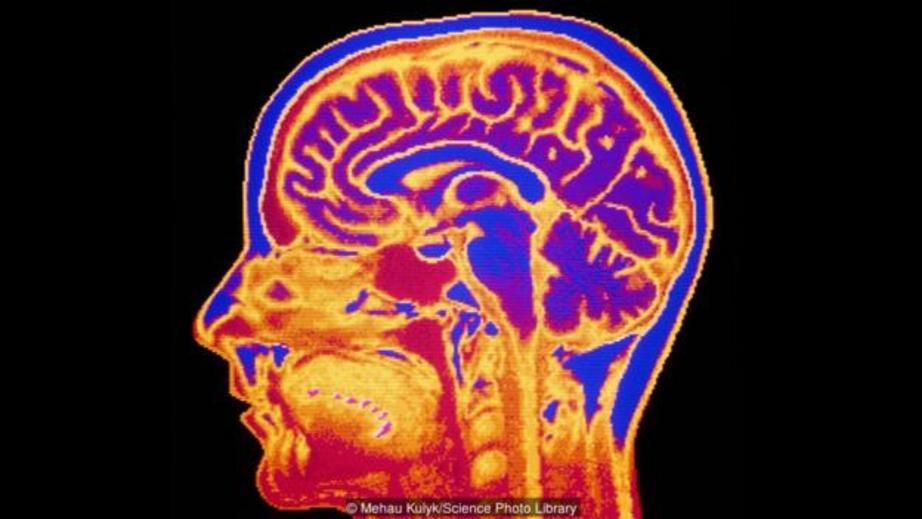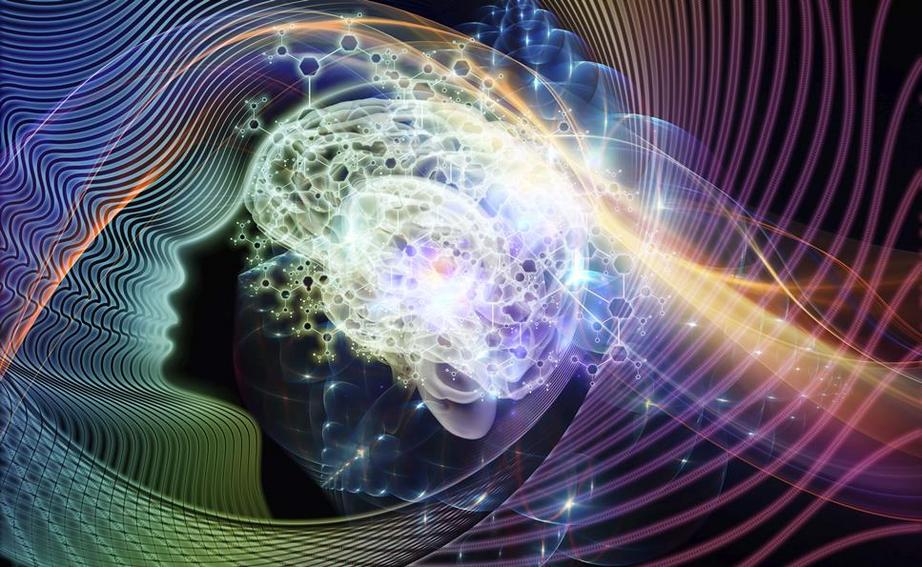The strange link between the human mind and quantum physics
Nobody understands what consciousness is or how it works. Nobody understands quantum mechanics either. Could that be more than coincidence?
"I cannot define the real problem, therefore I suspect there's no real problem, but I'm not sure there's no real problem."
The American physicist Richard Feynman said this about the notorious puzzles and paradoxes of quantum mechanics, the theory physicists use to describe the tiniest objects in the Universe. But he might as well have been talking about the equally knotty problem of consciousness.
Some scientists think we already understand what consciousness is, or that it is a mere illusion. But many others feel we have not grasped where consciousness comes from at all.
The perennial puzzle of consciousness has even led some researchers to invoke quantum physics to explain it. That notion has always been met with skepticism, which is not surprising: it does not sound wise to explain one mystery with another. But such ideas are not obviously absurd, and neither are they arbitrary.
For one thing, the mind seemed, to the great discomfort of physicists, to force its way into early quantum theory. What's more, quantum computers are predicted to be capable of accomplishing things ordinary computers cannot, which reminds us of how our brains can achieve things that are still beyond artificial intelligence. "Quantum consciousness" is widely derided as mystical woo, but it just will not go away.

What is going on in our brains? (Credit: Mehau Kulyk/Science Photo Library)
Quantum mechanics is the best theory we have for describing the world at the nuts-and-bolts level of atoms and subatomic particles. Perhaps the most renowned of its mysteries is the fact that the outcome of a quantum experiment can change depending on whether or not we choose to measure some property of the particles involved.
When this "observer effect" was first noticed by the early pioneers of quantum theory, they were deeply troubled. It seemed to undermine the basic assumption behind all science: that there is an objective world out there, irrespective of us. If the way the world behaves depends on how – or if – we look at it, what can "reality" really mean?
The most famous intrusion of the mind into quantum mechanics comes in the "double-slit experiment"
Some of those researchers felt forced to conclude that objectivity was an illusion, and that consciousness has to be allowed an active role in quantum theory. To others, that did not make sense. Surely, Albert Einstein once complained, the Moon does not exist only when we look at it!
Today some physicists suspect that, whether or not consciousness influences quantum mechanics, it might in fact arise because of it. They think that quantum theory might be needed to fully understand how the brain works.
Might it be that, just as quantum objects can apparently be in two places at once, so a quantum brain can hold onto two mutually-exclusive ideas at the same time?
These ideas are speculative, and it may turn out that quantum physics has no fundamental role either for or in the workings of the mind. But if nothing else, these possibilities show just how strangely quantum theory forces us to think.

The famous double-slit experiment (Credit: Victor de Schwanberg/Science Photo Library)
The most famous intrusion of the mind into quantum mechanics comes in the "double-slit experiment". Imagine shining a beam of light at a screen that contains two closely-spaced parallel slits. Some of the light passes through the slits, whereupon it strikes another screen.
Light can be thought of as a kind of wave, and when waves emerge from two slits like this they can interfere with each other. If their peaks coincide, they reinforce each other, whereas if a peak and a trough coincide, they cancel out. This wave interference is called diffraction, and it produces a series of alternating bright and dark stripes on the back screen, where the light waves are either reinforced or cancelled out.
The implication seems to be that each particle passes simultaneously through both slits
This experiment was understood to be a characteristic of wave behaviour over 200 years ago, well before quantum theory existed.
The double slit experiment can also be performed with quantum particles like electrons; tiny charged particles that are components of atoms. In a counter-intuitive twist, these particles can behave like waves. That means they can undergo diffraction when a stream of them passes through the two slits, producing an interference pattern.
Now suppose that the quantum particles are sent through the slits one by one, and their arrival at the screen is likewise seen one by one. Now there is apparently nothing for each particle to interfere with along its route – yet nevertheless the pattern of particle impacts that builds up over time reveals interference bands.
The implication seems to be that each particle passes simultaneously through both slits and interferes with itself. This combination of "both paths at once" is known as a superposition state.
But here is the really odd thing.

The double-slit experiment (Credit: GIPhotoStock/Science Photo Library)
If we place a detector inside or just behind one slit, we can find out whether any given particle goes through it or not. In that case, however, the interference vanishes. Simply by observing a particle's path – even if that observation should not disturb the particle's motion – we change the outcome.
The physicist Pascual Jordan, who worked with quantum guru Niels Bohr in Copenhagen in the 1920s, put it like this: "observations not only disturb what has to be measured, they produce it… We compel [a quantum particle] to assume a definite position." In other words, Jordan said, "we ourselves produce the results of measurements."
If that is so, objective reality seems to go out of the window.
And it gets even stranger.

Particles can be in two states (Credit: Victor de Schwanberg/Science Photo Library)
If nature seems to be changing its behaviour depending on whether we "look" or not, we could try to trick it into showing its hand. To do so, we could measure which path a particle took through the double slits, but only after it has passed through them. By then, it ought to have "decided" whether to take one path or both.
The sheer act of noticing, rather than any physical disturbance caused by measuring, can cause the collapse

An experiment for doing this was proposed in the 1970s by the American physicist John Wheeler, and this "delayed choice" experiment was performed in the following decade. It uses clever techniques to make measurements on the paths of quantum particles (generally, particles of light, called photons) after they should have chosen whether to take one path or a superposition of two.
It turns out that, just as Bohr confidently predicted, it makes no difference whether we delay the measurement or not. As long as we measure the photon's path before its arrival at a detector is finally registered, we lose all interference.
It is as if nature "knows" not just if we are looking, but if we are planning to look.
For the rest of this article please use source link below.

